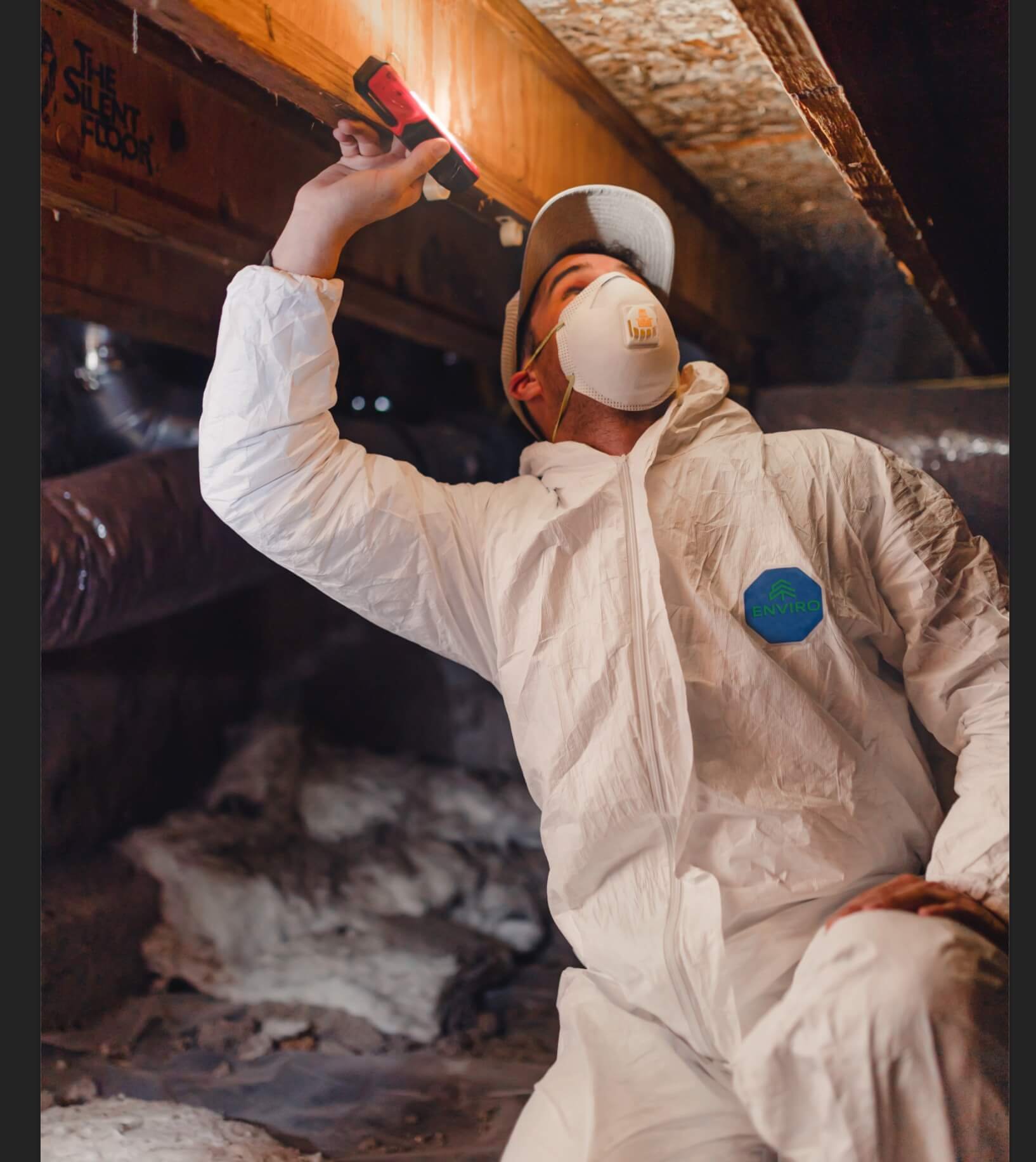Is ERMI a Scam? 3 Reasons You Need a Different Test
Is ERMI a Scam? So, the ERMI isn’t necessarily a scam. It is simply a research tool developed by the U.S. Environmental Protection Agency (EPA) and the U.S. Department of Housing and Urban Development (HUD). This test was developed for research purposes only and what turns it into a potential scam is when inspectors or remediators (and others) use the test to promote a certain narrative. This narrative can be on both ends of the spectrum (promoting or dismissing a potential problem), but there’s a good chance that either way, it isn’t accurate. Below are 3 reasons that the ERMI test may not be the right test for your situation.
1. The ERMI Isn’t an Approved Evaluation Method
The Environmental Relative Moldiness Index (ERMI) was developed as a research tool and is not designed as an evaluation metric for homes or businesses. This is expressed very clearly on the EPA website here.This means that it is hard to use in legal situations, resolving landlord/tenant disputes, or as a resource for restoration companies and writing protocols.
The ERMI was developed to help researchers compare and establish a baseline for homes across the country, and although peer-reviewed for research purposes, it has not been accepted as an acceptable metric for evaluating homes. The ERMI test is often heralded as the ultimate mold test to evaluate your home, but when we understand why it was created, what its limitations are, and how it is supposed to be used, we can better understand if it’s the right test we should be using to evaluate our home.
2. ERMI Sampling Errors
One of the biggest problems that consistently occurs is collecting ERMI samples wrong. The ERMI is a comparison test- it ranks homes using a metric established when the original research was done in 2007 and gives you a score based on that metric. The crucial part about comparisons is that you have to be comparing apples to apples. If you are ranking homes based on sample results, making sure that your samples are collected the same is imperative! Here are 3 common sampling mistakes we see:
Sample Size. ERMI collection methods are very specific- a 5min vacuum sample from 2 square meters in front of the living room couch, and 2 square meters in front of the bed in the master bedroom. Often we see samples being collected in order to get as large of a sample as possible from this area, either by expanding the area or vacuuming longer. Although this may sometimes be necessary to achieve a minimal sample size, if your sample size is too large it will affect the comparison significantly.
Sampling Location. Another issue we see is samples being collected from the wrong locations. Samples will be collected at random throughout the house, and often in areas that are much more dusty than your typical living room or bedroom (think plant shelves, under dressers, unfinished basements, etc.). Although this might give you a better sample size, and even perhaps a better representation of the molds present in your home, the score, or ‘rank’ that the samples are given upon analysis will be significantly skewed.
3. ERMI Limitations
ERMI is great for seeing how your house ranks on the scale that the researchers developed, but there’s a good chance that it’s not actually useful in diagnosing your level of exposure in your home. For example: You might keep a very clean living space and your home might rank very low on the ERMI moldiness index. However, perhaps you have a laundry room in your basement that has had some minor leaks that have been neglected for some time. There may be an issue with toxic mold in this specific area that you are being exposed to while doing laundry every day. This exposure likely will not show up on the ERMI test.
Conclusion:
The ERMI may be an interesting tool to see where a home ranks in comparison to the original research done in 2007, but that ranking is simply a comparison to other homes chosen at random and may or not be relevant to the issues in your home or your own health issues. Choosing a test with more specific metrics and relevance to your specific situation will be more helpful in the long run and will help you take more specific action on remediation and combating issues that may be making you sick.
